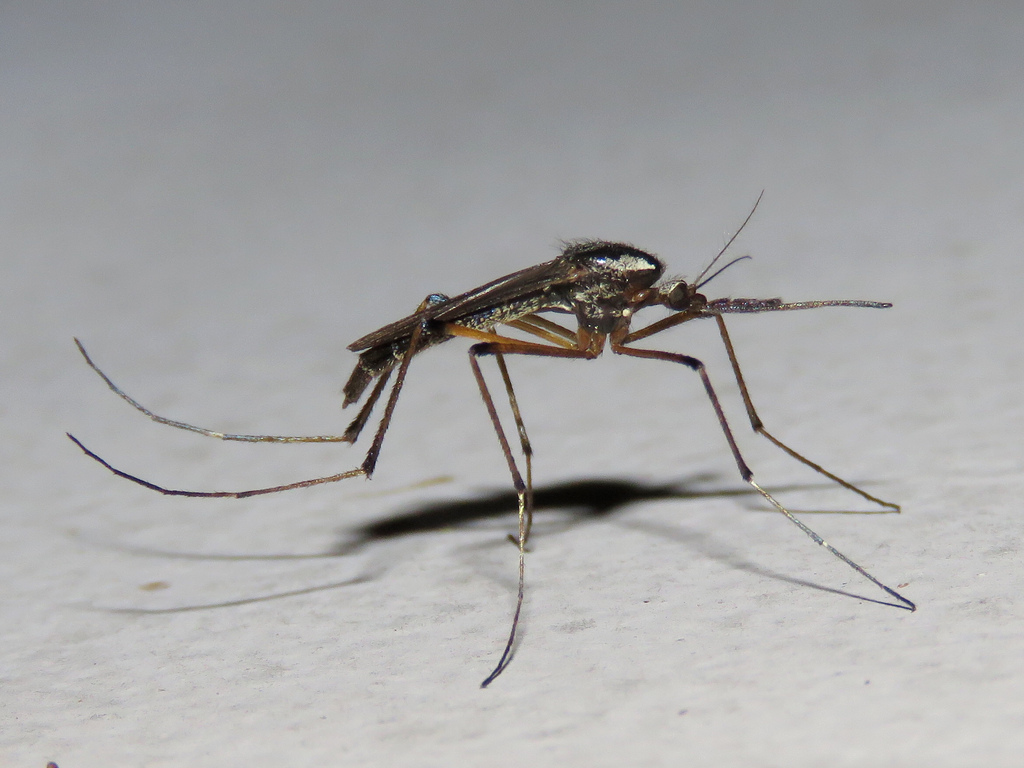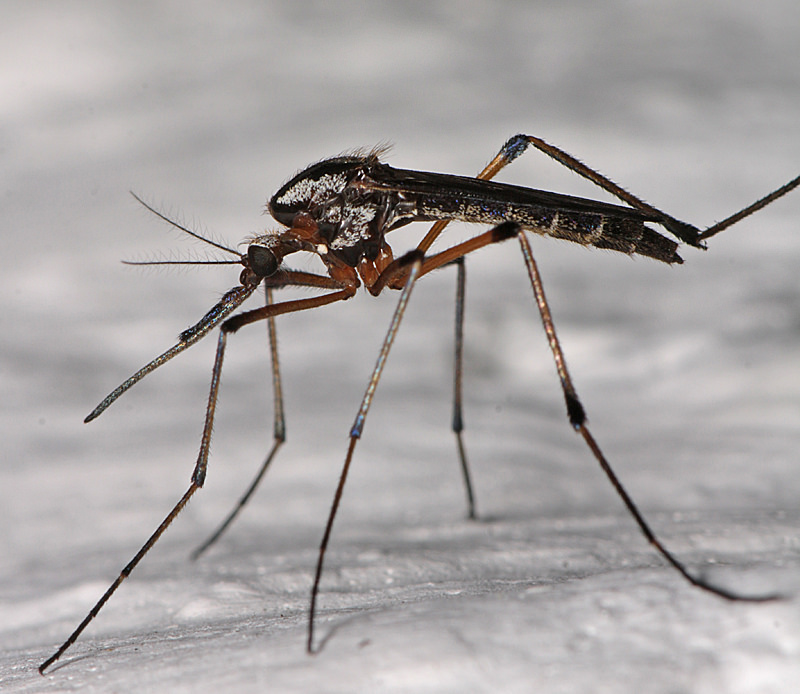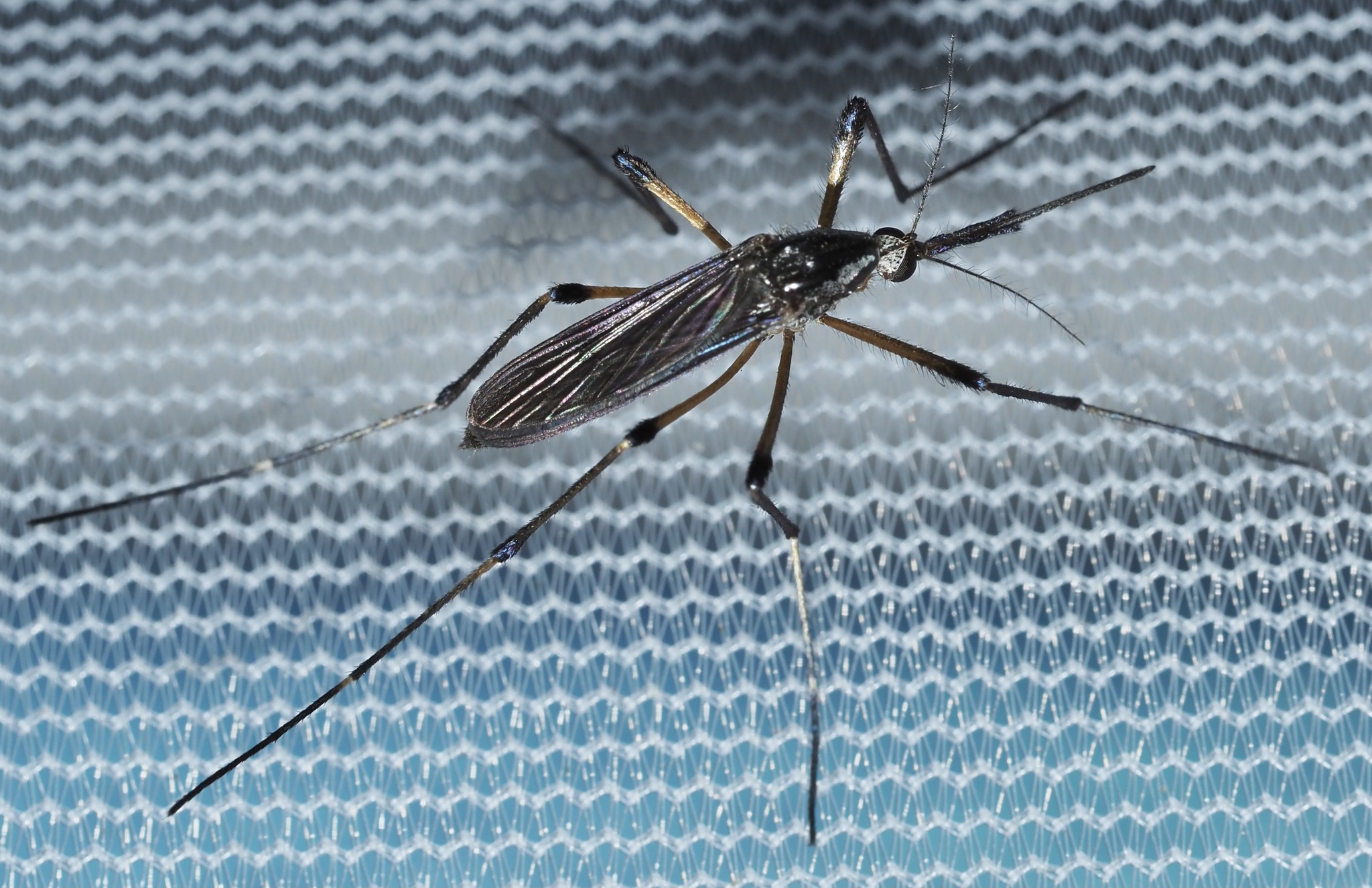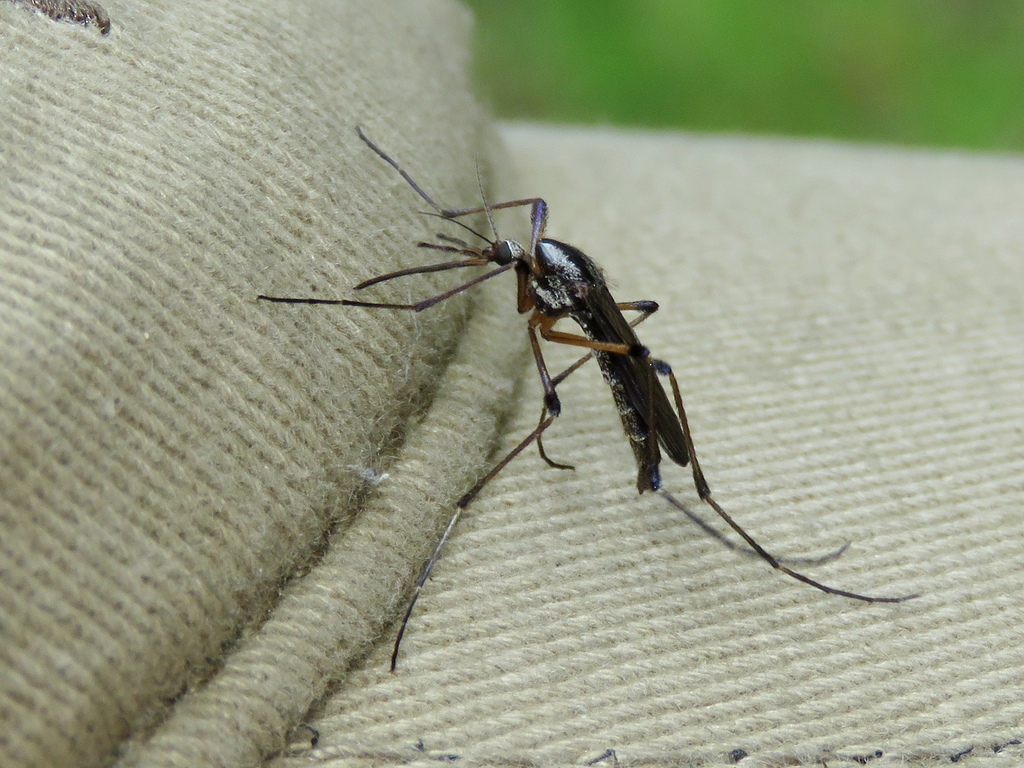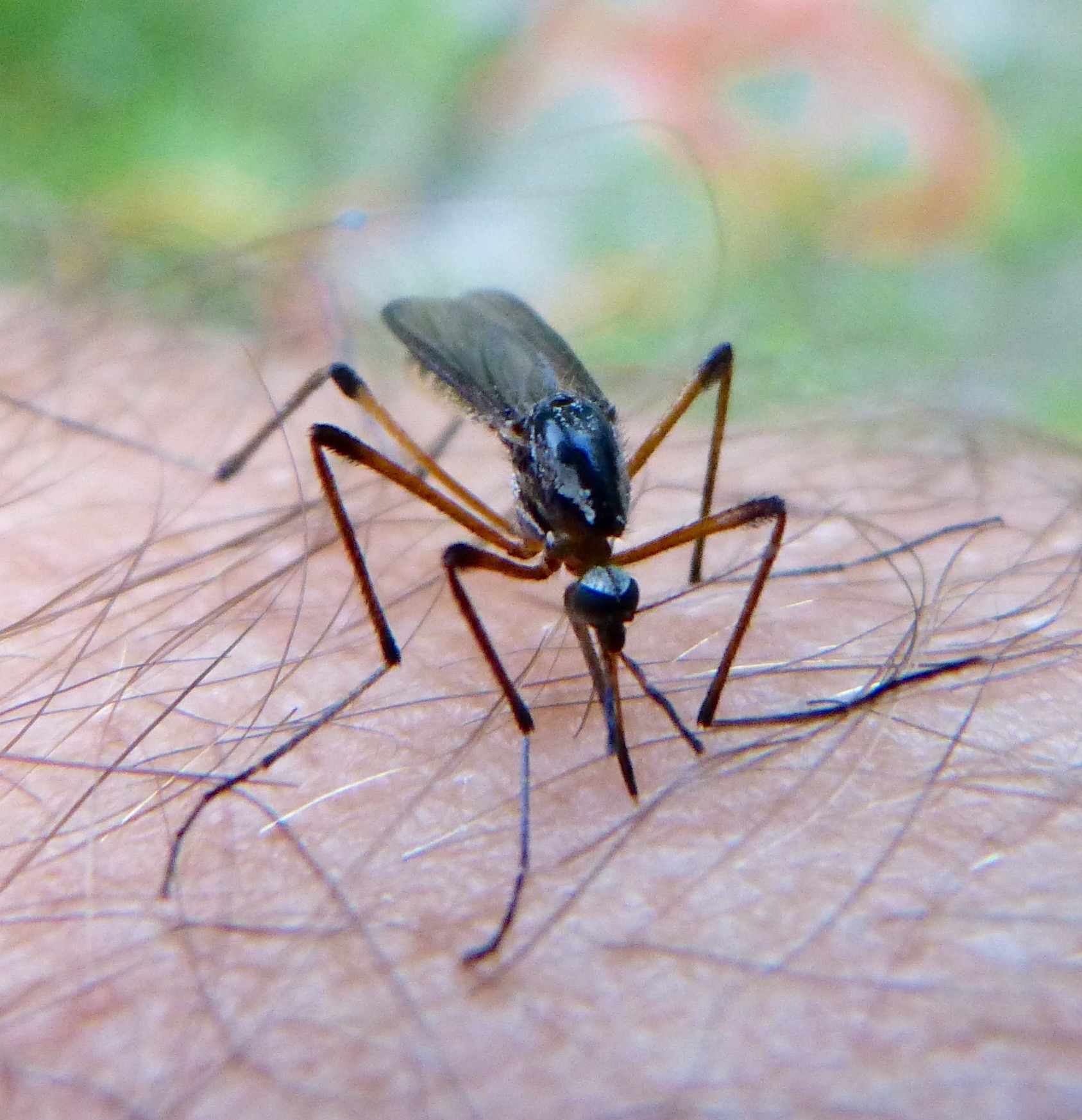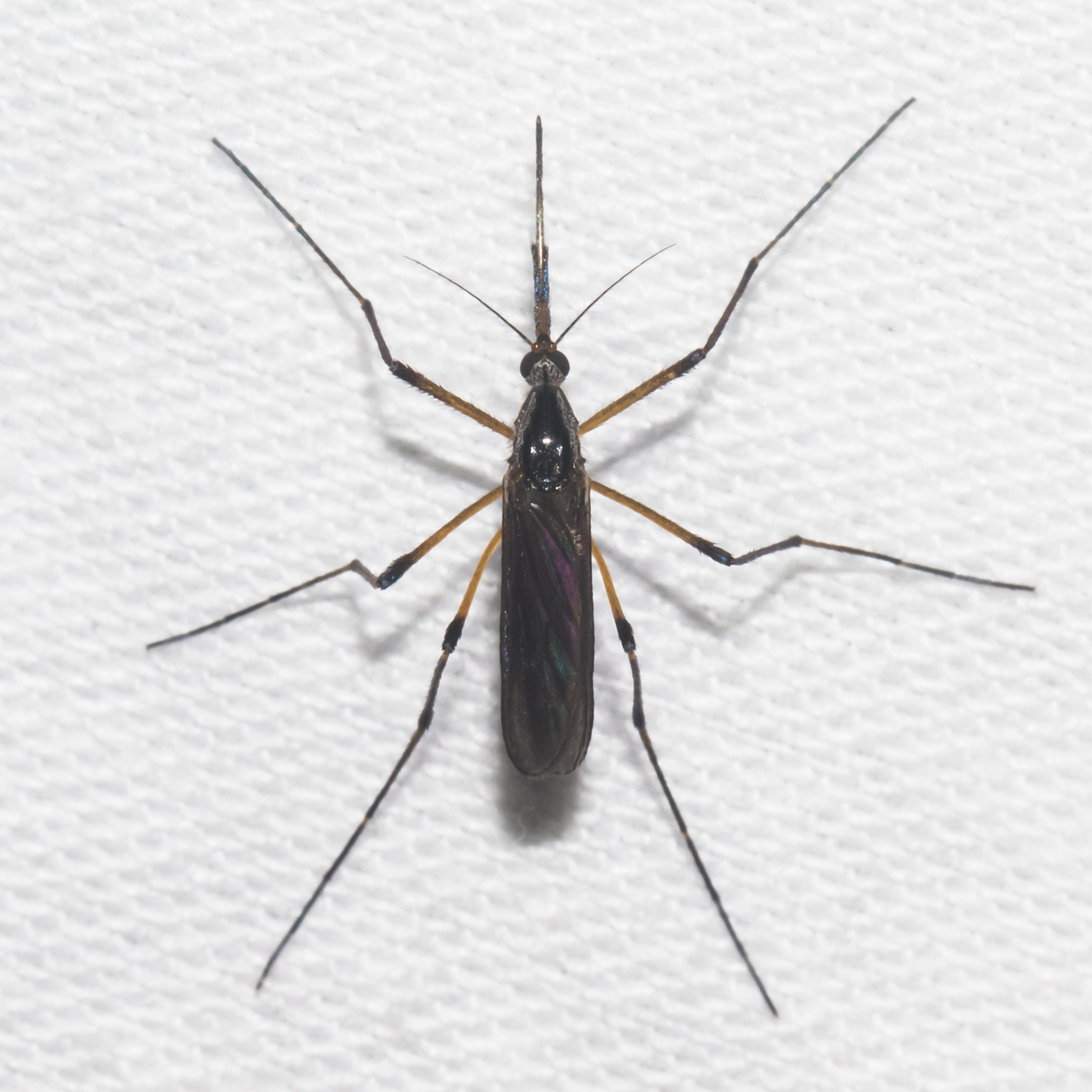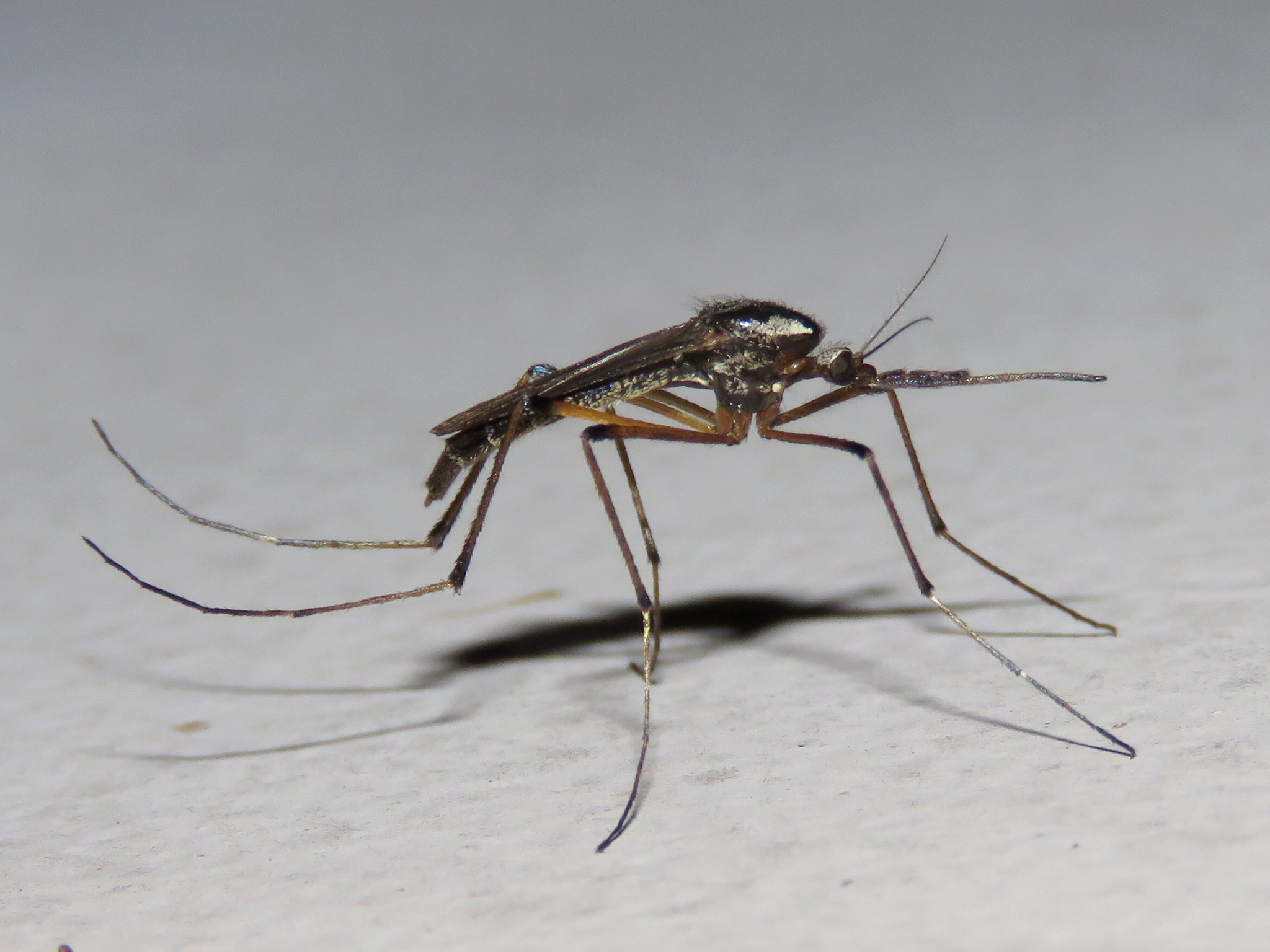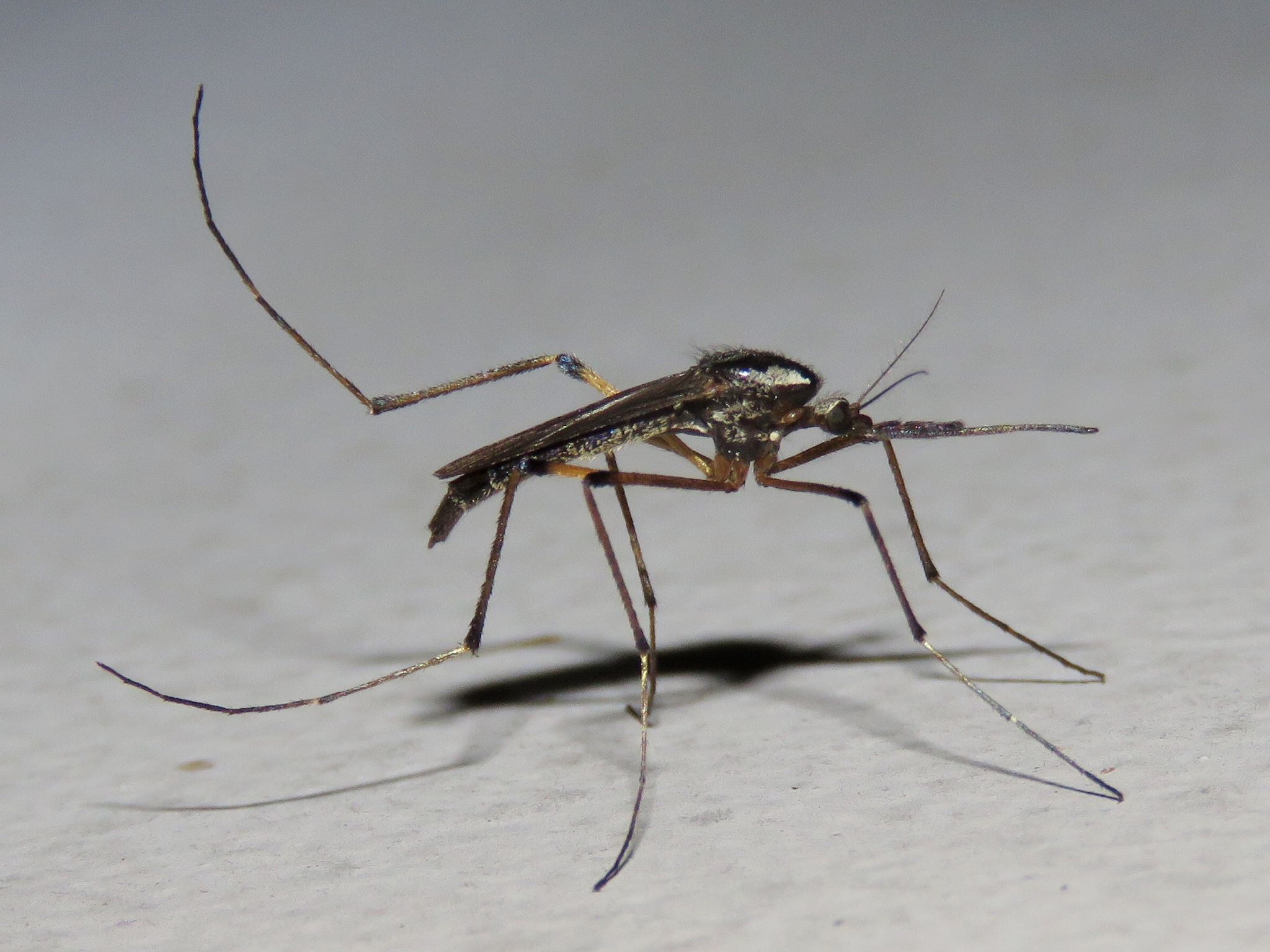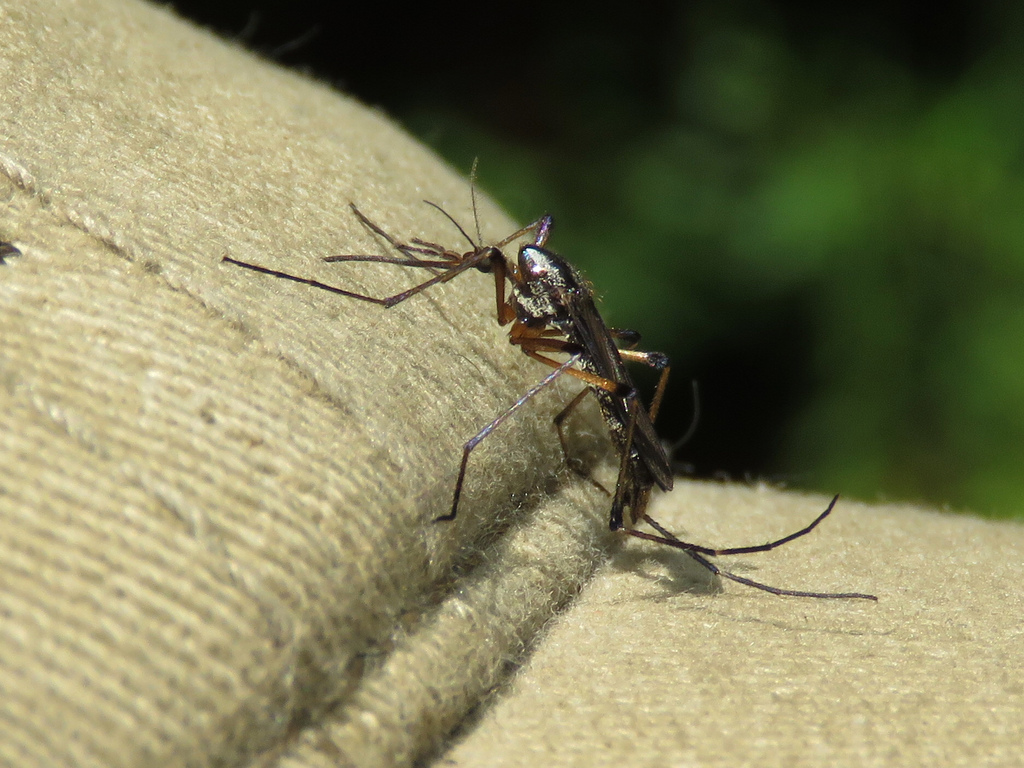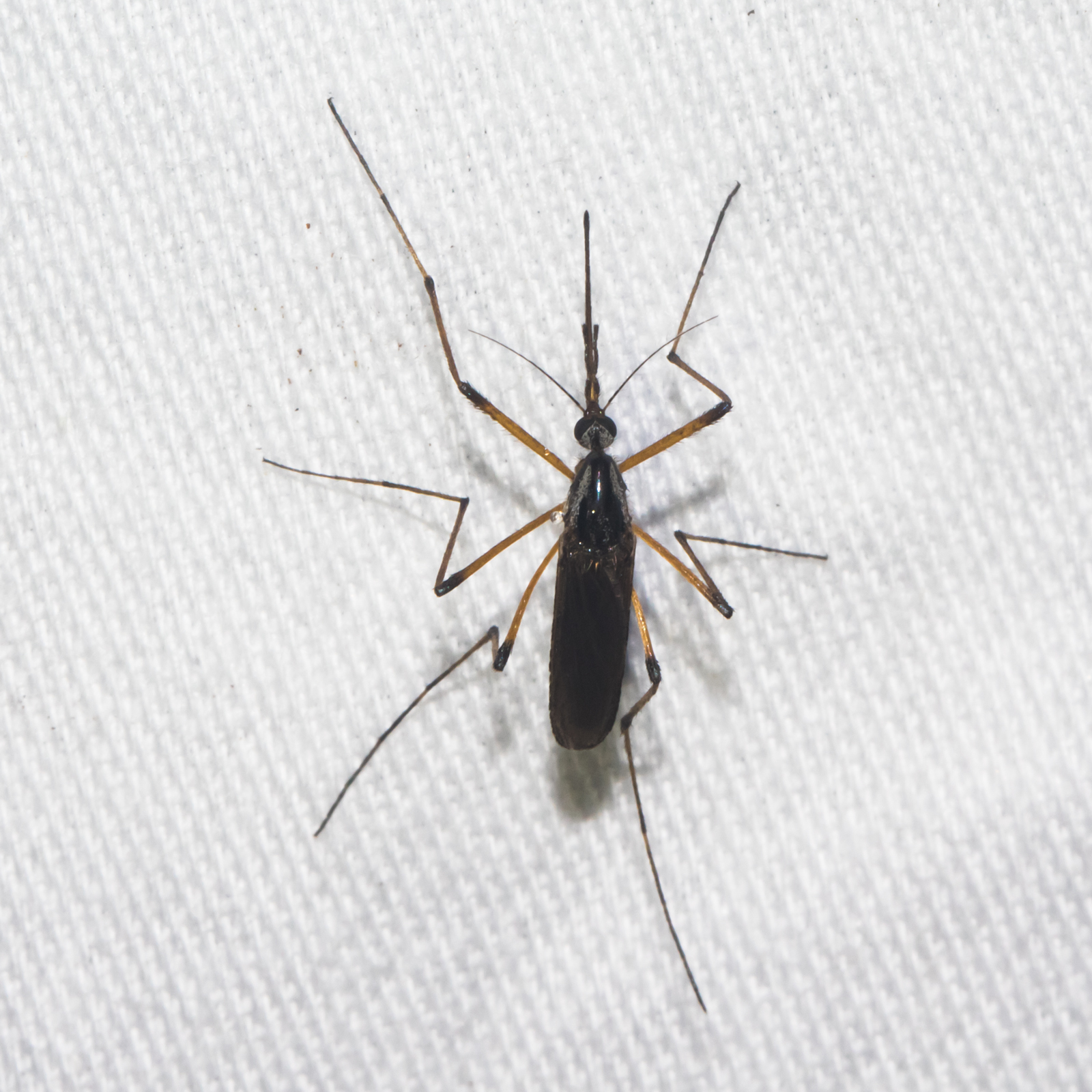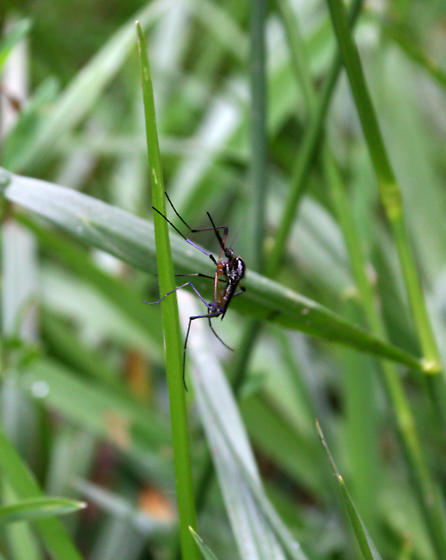Map Snapshot









13 Records
Description
The combination of all dark-scaled wings, large size, and a dark thorax with silvery scaling along the side help to distinguish this species from others in this genus. (J. Emm, pers. comm.)
Seasonality Snapshot
Source: Wikipedia
| Psorophora howardii | |
|---|---|

| |
| Scientific classification | |
| Domain: | Eukaryota |
| Kingdom: | Animalia |
| Phylum: | Arthropoda |
| Class: | Insecta |
| Order: | Diptera |
| Family: | Culicidae |
| Genus: | Psorophora |
| Species: | P. howardii
|
| Binomial name | |
| Psorophora howardii Coquillett, 1901 [1]
| |
Psorophora howardii is a species of mosquito. The species was described by the American entomologist Daniel William Coquillett in 1901.
Description
[edit]This mosquito is very large, has shaggy legs, and has a wing length of 6.0–6.5 mm (0.24–0.26 in).[2] The scales on the wings are narrow and dark brown. The proboscis is long and brown. The palpi are nearly half as long as the proboscis and brown. The proboscis and the palpi are covered with setae. The head has broad, flat, grayish-white scales except for a narrow median bare stripe. The thorax is dark brown to black. The abdomen has a broad median patch of white scales. The legs are dark yellow and purple.[3] The adult females are persistent biters and will attack at any time of the day.[4] It can spread the West Nile virus,[5] and can puncture clothing such as through a coat, vest, and two shirts since the species is 8 to 10 mm long.[6]
Habitat
[edit]The mosquito can be found in the Southeastern United States, Mexico, the West Indies, and Central America,[4] breeding in rain pools, grassy ditches, and depressions.[2] P. howardii can be found in citrus furrow irrigation systems in coastal southeastern Florida; it oviposits low in the furrows. The eggs hatch by rainfall and irrigation.[7]
Larvae
[edit]The larvae occur from March to October, and can be found in unshaded or partly shaded temporary rain-filled pools. They are large,[4] and prey on the larvae of other mosquitoes.[3] To collect a field sample, a long-handled dipper causes a minimum of disturbance to the larvae. An area sampler is used after the dipper which catches more.[8]
References
[edit]- ^ "Psorophora howardii". Integrated Taxonomic Information System.
- ^ a b "Common Mosquito Species in Leon County". Leon County, Florida. Retrieved June 1, 2010.
- ^ a b "Psorophora howardii". Virginia Mosquito Control Association. Retrieved June 1, 2010.
- ^ a b c Stanley Carpenter and Walter LaCasse (January 1974). Psorophora howardii. University of California Press. ISBN 0-520-02638-1.
{{cite book}}:|work=ignored (help) - ^ "West Nile virus". AMCA. Retrieved June 1, 2010.
- ^ Groesbeeck Mitchell, Evelyn; William Dupree, James (1907). Mosquito life: the habits and life cycles of the known mosquitoes of the United States; methods for their control; and keys for easy identification of the species in their various stages. G. P. Putnam. pp. 175. Retrieved June 1, 2010.
Psorophora howardii.
- ^ G. A. Curtis (1985). "Habitat selection strategies of mosquitoes inhabiting citrus irrigation furrows". Journal of the American Mosquito Control Association. 1 (2): 169–173. PMID 2906662.
- ^ Silver, John B. (2008). Mosquito Ecology: Field Sampling Method. Springer. p. 212. ISBN 978-1-4020-6665-8. Retrieved June 1, 2010.
